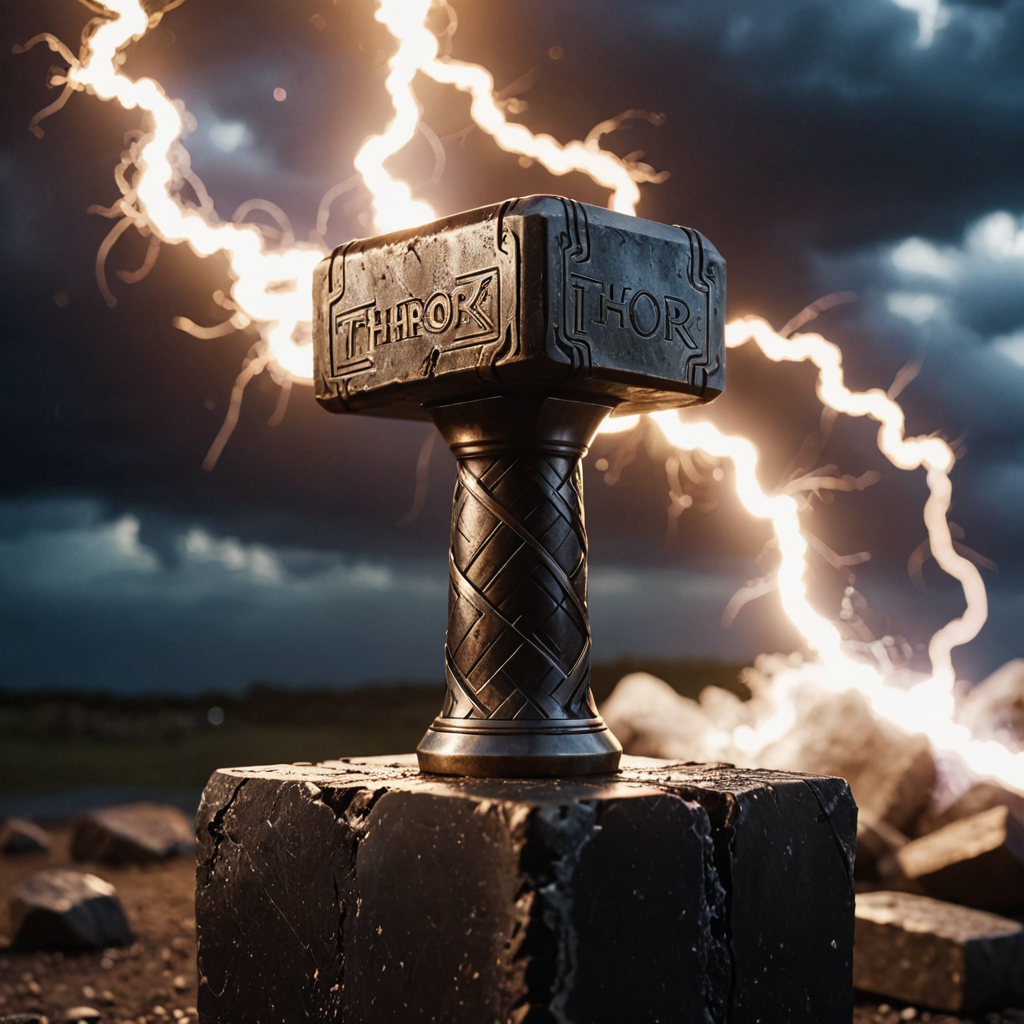
Nails and screws are two of the most common fasteners used in construction, woodworking, and DIY projects to join materials together securely. While both nails and screws serve a similar purpose, they have distinct characteristics and applications that make them suitable for different types of projects. Understanding when to use a nail and when to use a screw can help you achieve strong and durable connections in your home improvement endeavors. In this article, we will explore the differences between nails and screws and provide guidance on selecting the appropriate fastener for your specific project needs.
Nails:
Nails are simple, cylindrical fasteners with a pointed end that are driven into materials using a hammer or nail gun. Here are some key considerations for when to use nails in your projects:
1. Quick and Easy Installation: Nails are typically faster to install than screws, making them ideal for projects that require rapid assembly or temporary connections.
2. Shear Strength: Nails excel in shear strength, meaning they are well-suited for applications where materials need to be held together under lateral pressure or force.
3. Wood-to-Wood Connections: Nails are commonly used for wood-to-wood connections, such as framing, trim work, baseboards, and paneling.
4. Non-Load-Bearing Applications: Nails are suitable for non-load-bearing applications where the primary purpose is to hold materials in place rather than support heavy loads.
Screws:
Screws are threaded fasteners that require a screwdriver or power drill to install. Here are some scenarios where screws are the preferred fastener choice:
1. Stronger Grip: Screws offer a stronger grip than nails due to their threaded design, making them ideal for applications where a secure and permanent connection is required.
2. Removability: Screws can be easily removed and reinstalled, making them suitable for projects that may require disassembly or adjustments in the future.
3. Wood-to-Metal or Wood-to-Plastic Connections: Screws are versatile fasteners that can be used for wood-to-metal, wood-to-plastic, and other material combinations where a tight and secure connection is needed.
4. Load-Bearing Applications: Screws are recommended for load-bearing applications, such as attaching shelves, cabinets, furniture, and structural elements that require additional strength and support.
Choosing the Right Fastener:
When deciding between nails and screws for your home improvement projects, consider the following factors:
– Material Compatibility: Determine the type of materials you are joining together and choose a fastener that is compatible with those materials to ensure a strong and durable connection.
– Strength Requirements: Assess the load-bearing capacity and structural demands of your project to select a fastener that can withstand the intended weight and forces.
– Longevity: Consider whether the connection needs to be permanent or if future adjustments or disassembly may be necessary, as this will influence your choice between nails and screws.
By understanding the characteristics and applications of nails and screws, you can make informed decisions when selecting the appropriate fastener for your home improvement projects. Whether you are framing a wall, hanging shelves, installing trim, or building furniture, choosing the right fastener will ensure that your projects are secure, stable, and built to last. With the proper knowledge and selection of fasteners, you can confidently tackle a wide range of tasks and achieve professional results in your DIY endeavors.
Cedar Hill St. Louis Jefferson County Olivette Kirkwood Ballwin Arnold Franklin County St Charles County Fenton High Ridge Dittmer Creve Coeur
